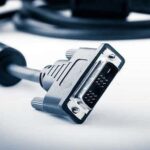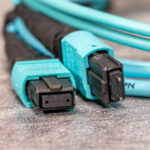The reason you rarely see Cat7/Cat7a cables but often encounter Cat8 lies in the former’s issues such as unrecognized standards and incompatible interfaces, along with its lack of significant performance advantages. In contrast, Cat8 perfectly meets the high-speed short-distance transmission needs of current scenarios like data centers while resolving many pain points of the former. A detailed analysis is as follows:
1. Insufficient Standard Recognition, Hindered Popularization in Mainstream Markets
Cat7 was approved in the ISO/IEC 11801 standard in 2002, and Cat7a was launched by ISO in 2010. However, neither gained recognition from the Telecommunications Industry Association (TIA) of North America. TIA standards hold enormous influence in the global network cabling field, directly resulting in Cat7/Cat7a having almost no market presence in North America. Meanwhile, in many regions covered by TIA standards, relevant equipment manufacturers and engineering cabling tend to follow TIA-recognized standards, further impeding the global mainstream market promotion of Cat7/Cat7a. In contrast, Cat8 has been recognized not only by ISO but also incorporated into the TIA standard system. With standardized industry standards, it is naturally more easily accepted and adopted by the market.
2. Incompatible Interfaces, High Practical Usage Costs
To adapt to their own shielding design and performance, Cat7/Cat7a use dedicated interfaces such as GG45 and TERA instead of the universal RJ45 interface. However, the vast majority of household and office network devices on the market, such as computers, routers, and switches, are equipped with RJ45 interfaces. To use Cat7/Cat7a, you either need to purchase additional dedicated adapter devices or replace equipment with compatible interfaces, which significantly increases usage costs. Although Cat8 also features a shielding design, it is compatible with the universal RJ45 interface (some are specially reinforced versions), enabling direct adaptation to existing mainstream network devices without additional adaptation costs and making it more convenient to use.
3. Awkward Performance Positioning, Failure to Form Demand Advantages
Cat7 supports 600MHz bandwidth and 10Gbps speed, while Cat7a upgrades to 1000MHz bandwidth, but both mainly support 10Gbps transmission. The earlier popularized Cat6a, despite having a 500MHz bandwidth, can also stably support 10Gbps speed with a transmission distance of up to 100 meters. For most scenarios, Cat6a’s performance is sufficient to meet needs, and its price is much lower than that of Cat7/Cat7a, making the performance advantages of Cat7/Cat7a seem very insignificant. In contrast, Cat8’s bandwidth jumps directly to 2000MHz, with a speed of up to 25Gbps – 40Gbps, specifically designed for short-distance high-speed transmission scenarios. This performance breakthrough perfectly fills the demand gap for ultra-high-speed copper cable transmission in scenarios like data centers, making it far more practical than Cat7/Cat7a.
4. Misalignment with Scenario Demand, Cat8 Better Fits Current Mainstream Needs
Current high-speed network transmission demand is concentrated in data centers, where the distance between devices is usually short (mostly within 30 meters), which perfectly matches Cat8’s short-distance high-speed transmission characteristics. It can meet the 25G/40Gbps high-speed data exchange needs between servers, switches, and other devices, becoming an excellent choice for data center cabling. Although Cat7/Cat7a is designed with a 100-meter transmission distance, which seems to have a wide application range, in long-distance high-speed transmission scenarios, optical fibers have more advantages in anti-interference and transmission stability and are mostly replaced by optical fibers. In short-distance scenarios, due to lower speed than Cat8 and higher price than Cat6a, it is difficult to find exclusive core application scenarios, resulting in extremely low demand.
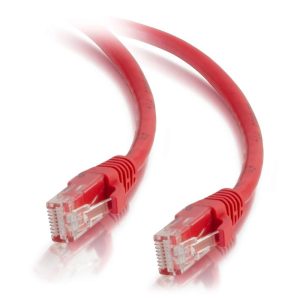 Cat5e Cables
Cat5e Cables Cat6 Cables
Cat6 Cables Cat6a Cables
Cat6a Cables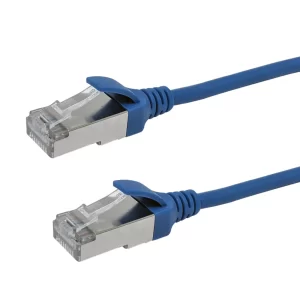 Cat8 Cables
Cat8 Cables Bulk Ethernet Cables
Bulk Ethernet Cables Plenum-Rated Ethernet Cables
Plenum-Rated Ethernet Cables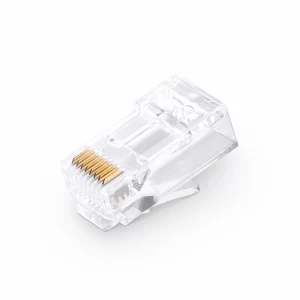 Connectors & Jacks
Connectors & Jacks OS2 Singlemode Simplex
OS2 Singlemode Simplex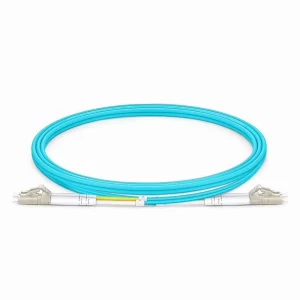 OS2 Singlemode Duplex
OS2 Singlemode Duplex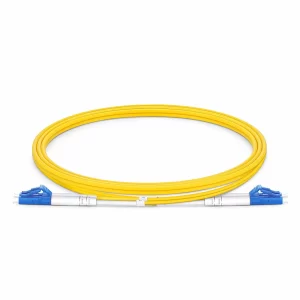 OM5 Multimode
OM5 Multimode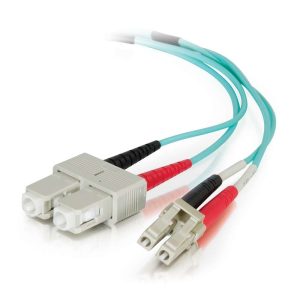 OM4 Multimode
OM4 Multimode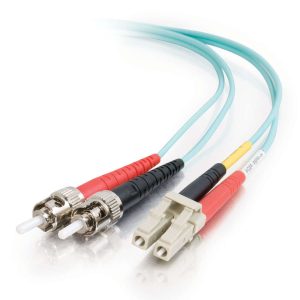 OM3 Multimode
OM3 Multimode OM2 Multimode
OM2 Multimode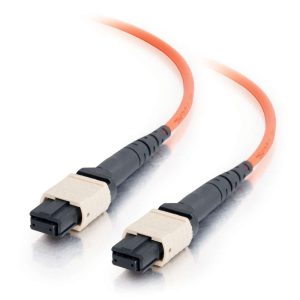 MTP/MPO Cables
MTP/MPO Cables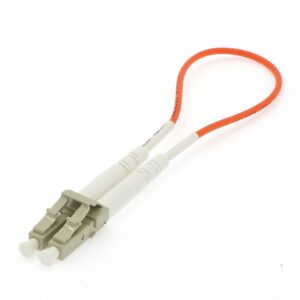 Loopback Adapter
Loopback Adapter Fiber Optic Connectivity
Fiber Optic Connectivity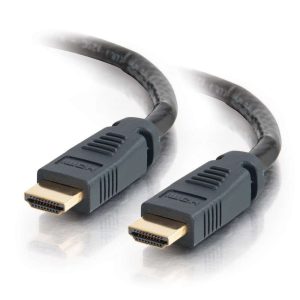 HDMI Cables
HDMI Cables HDMI Mini/Micro Cables
HDMI Mini/Micro Cables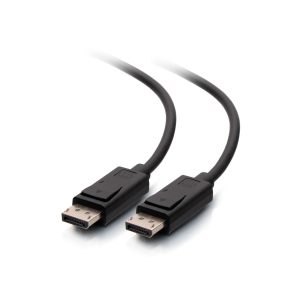 DisplayPort Cables
DisplayPort Cables Mini DisplayPort Cables
Mini DisplayPort Cables DVI Cables
DVI Cables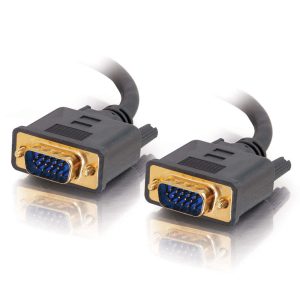 VGA Cables
VGA Cables Audio Cables
Audio Cables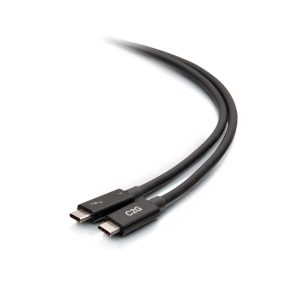 Active USB Cables
Active USB Cables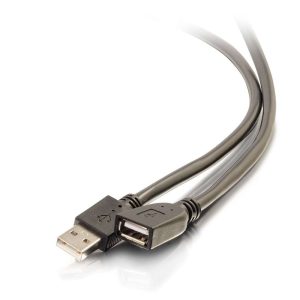 Plenum-Rated USB Cables
Plenum-Rated USB Cables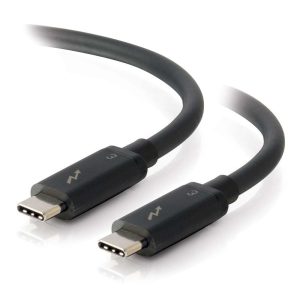 Thunderbolt Cables
Thunderbolt Cables USB 2.0 Cables
USB 2.0 Cables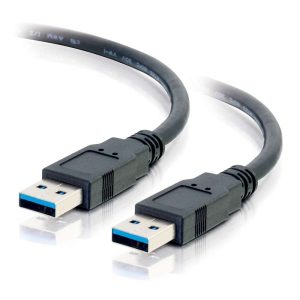 USB 3.0 Cables
USB 3.0 Cables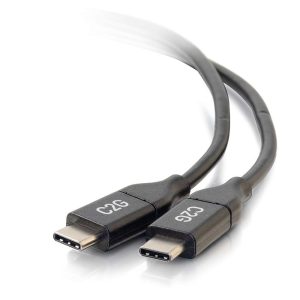 USB Cables for Mobile Devices
USB Cables for Mobile Devices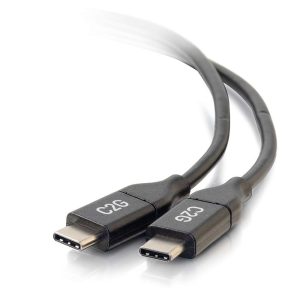 USB-C Cables
USB-C Cables Keyboard & Mouse Cables
Keyboard & Mouse Cables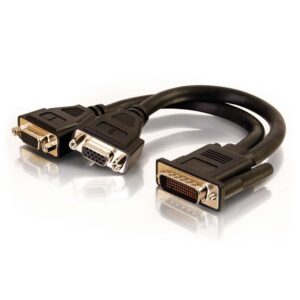 LFH-59 and M1 Cables
LFH-59 and M1 Cables Parallel Cables & Devices
Parallel Cables & Devices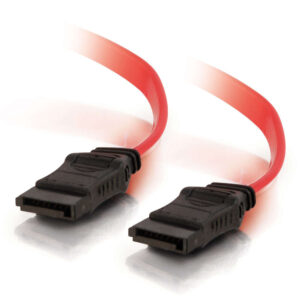 Serial ATA Cables
Serial ATA Cables Serial RS232 Cables
Serial RS232 Cables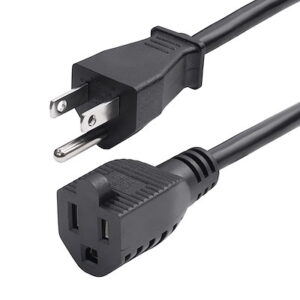 Power Cables
Power Cables
